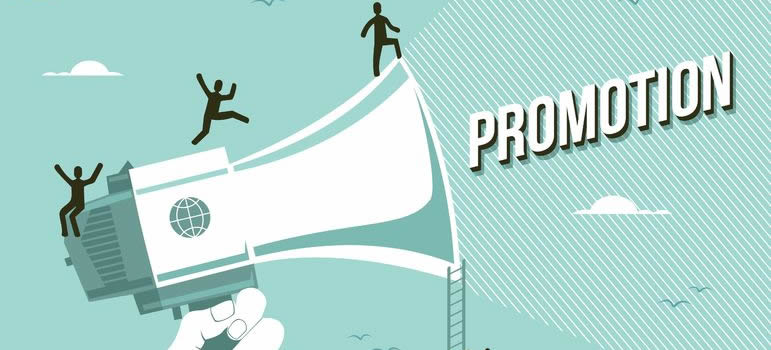Small Business Promotion: Advertising and PR
An effective publicity campaign for an industrial or business to business product launch requires advertising and media relations to be coordinated.
Although Internet-based advertising is growing fast, advertisers still favor print media, according to Rochester Institute of Technology research (1). Print advertising gains higher recognition.
Advertising Strengths
Recognition of a company and its products or services grows each time a reader sees an advertisement. You can repeat an advertisement as often as your budget allows. Signage companies are ideal for advertising.
For greatest effectiveness, one advertisement should be placed in consecutive magazine issues for 6 or more times.
Advertising Limitations
The biggest drawback to advertising is the cost from magazines and the fees from artist and writer to develop the advertisement.
People scan advertisements rather than read them. The best advertising is brief and succinct. You do not have the same scope as with a magazine article to explain products, services or company, although there are exceptions to this.
Advertising Techniques
To reduce cost but retain effectiveness, place a fractional advertisement (i.e., less than a full page size) in the same place or section in each issue of a magazine. Space will cost less, but you have to pay a placement cost (some publishers are flexible on this).
The advantage is that readers will see the ad each time they turn to that section, and are likely to turn to that section to find your company’s contact information.
Explanation of technical products can be difficult in a few words and pictures. Informative advertising can be longer. The text should be broken into short paragraphs and bullet points.
A variation is the “advertorial”– an article placed in a magazine as an advertisement, or, in other words, an advertisement that looks like editorial. Publishers will insist that the typeface and design of the advertorial be different from the magazine editorial, and most will print a line identifying it as advertising. This does not necessarily detract from readership: technical buyers gain much of their knowledge from vendor-written material (2).
Media Relations Strengths
Material in the editorial pages of a magazine is better read than advertisements. Because it has passed scrutiny by editors, it has greater perceived credibility.
The cost is much lower than for advertising. Space cost is zero. The cost is the services of a PR agent or writer, or your own time if you do it yourself.
You gain the expertise of the magazine editor and art director who know how to edit text and illustrate and design the graphics for maximum readership.
Media Relations Limitations
Once an editor has published an announcement of a new product, the magazine will not repeat it.
The way to gain repetition in editorial is a strategy in which you send out articles before and after product launch.
There is no guarantee articles and news releases will be published. A PR consultant can help maximize chances of publication.
Coordinate Ads and PR
Submit your news releases before you advertise the product or service for two reasons:
- Editorial coverage in one issue and an ad in the next issue gives two consecutive exposures.
- Editors are unlikely to print a news release after an ad has appeared. They want to appear to be ahead of the game.
Before you design and plan editorial submissions and advertising, ask these two questions:
- Who are they for (i.e., intended readers and market)?
- What is your objective?
Follow the AIDA principle:
- attract Attention,
- develop Interest,
- generate Desire,
- spur the reader to Action.

